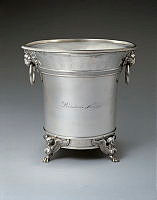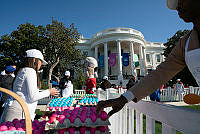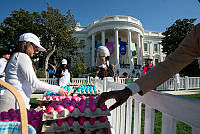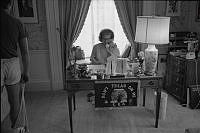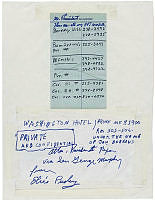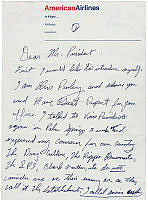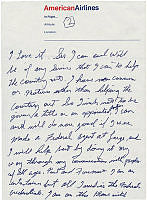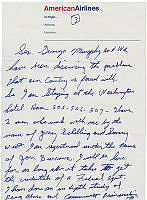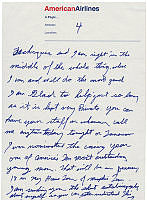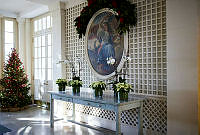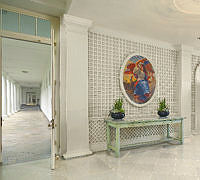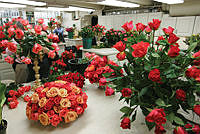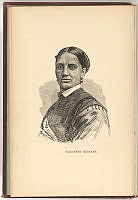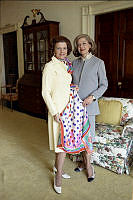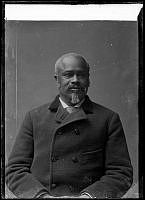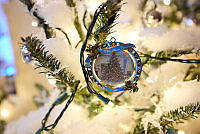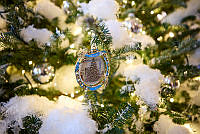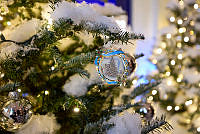
The White House at Work
Classroom Resource Packet

Florist Outside the East Tradesman Entrance (2010)
Official White House Photo by Samantha AppletonEver since John and Abigail Adams moved into the President's House in 1800, hundreds of individuals have worked behind the scenes to help the White House fulfill its roles as a home, office, and museum. White House staff serve the many needs of the first family in a variety of occupations. They prepare family meals, serve elaborate State Dinners, maintain the grounds, and much more. There is no such thing as a "typical" day in the White House. Explore the dedication and skills of the residence staff, their cohesion as a community, their special relationship with the first family, and their experiences as witnesses to the nation's history.














